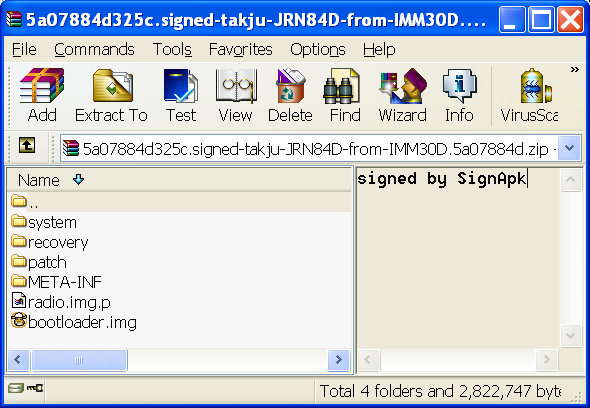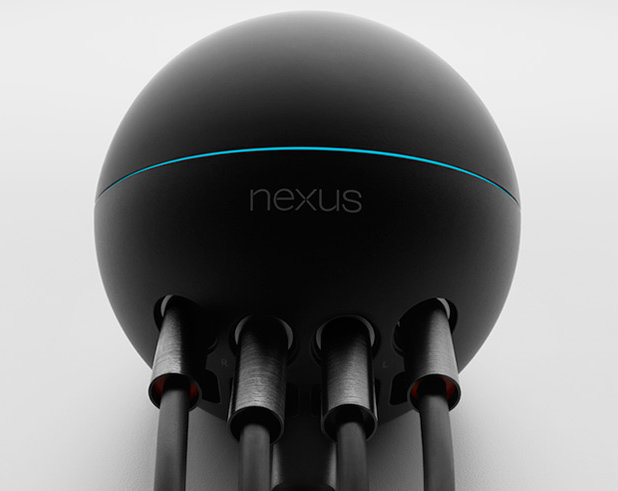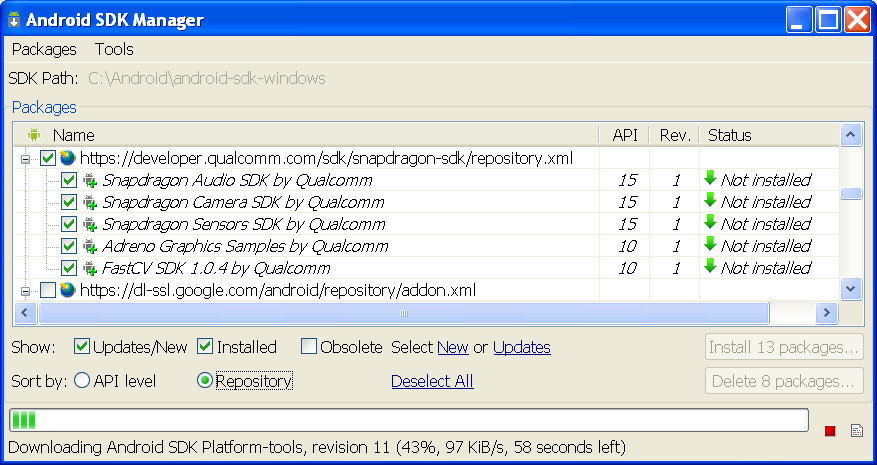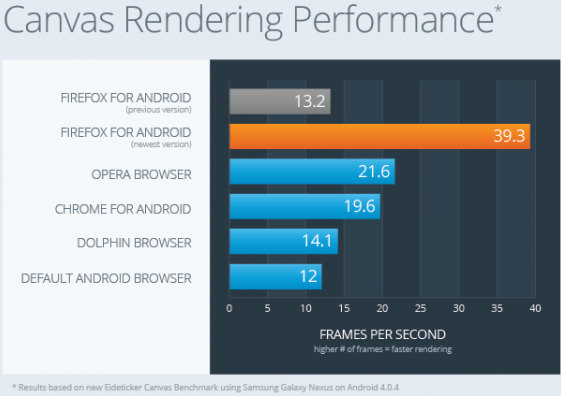MediaTek has announced the availability of the MT6577, a dual-core Cortex A9 application processor with a PowerVR Series5 SGX GPU that targets sub-$200 smartphones. The successor of MT6575 single core Cortex A9 mobile processor also includes MediaTek’s 3G/HSPA modem. The processor supports Android 4.0, and the company claims browser performance improvement by up to 40% compared to single-core platforms. The MT6577 also supports 8MP camera sensors, can handle 1080p video playback and has the ability to support HD720 (1280×720) resolution displays. The platform also embeds MediaTek 4-in-1 connectivity combo that provides 802.11n Wi-Fi & BT4.0 connectivity, GPS and FM. The MT6577 is pin-to-pin compatible with MT6575, so handset manufacturers can just use existing designs to upgrade to dual core, or design a single PCB with both single and dual core handsets. The first smartphones featuring MT6577 should be available in Q3 2012. That’s all information I have for now. Jean-Luc […]
Download Android 4.1 Jelly Bean Update for Galaxy Nexus Smartphone
Slashgear has reported that some people have found Android 4.1 update for Google Nexus on Google’s servers before the official release next month. You can download it here. This is a leak, so it’s not 100% sure that it would work as expected, but it is said that it’s the same as the one installed on the Google Galaxy Nexus smartphones given away to all Google I/O 2012 participants. Via: Slashgear Jean-Luc Aufranc (CNXSoft)Jean-Luc started CNX Software in 2010 as a part-time endeavor, before quitting his job as a software engineering manager, and starting to write daily news, and reviews full time later in 2011. www.cnx-software.com
Google Launches TI OMAP4460 Powered Nexus Q Media Player
Beside their first tablet and Android 4.1, Google also announced Google Nexus Q media player running Android 4.0 (ICS), and powered by Texas Instruments OMAP4460 processing with 1 GB RAM and 16 GB Flash. Here are the specifications of the device: CPU – Texas Instruments OMAP 4460 dual core Cortex A9 @ GHz + PowerVR SGX540 GPU System Memory – 1GB LPDDR RAM Storage – 16GB NAND flash memory Micro HDMI (Type D) TOSLink Optical audio (S/PDIF) 10/100BASE-T Ethernet (RJ45) Wireless Connectivity: Wi-Fi 802.11a/b/g/n Bluetooth NFC Micro AB USB (for service and support) Banana jack speaker outputs Amplifier – 25W class D (12.5 watt per channel) Power Supply – Integrated 35W switching power supply Dimension – 116mm (diameter) Weight – 923 grams The device also features a rotating top dome volume control, a capacitive touch sensor for mute, 32 RGB perimeter LEDs and 1 RGB LED for mute indicator, and […]
Google Nexus 7 Android 4.1 Tablet Features Nvidia Tegra 3 Processor
Google announced their very first tablet at Google I/O called Google Nexus 7 (but manufactured by Asus). The device runs the latest Android 4.1 (Jelly Bean) OS, is powered by Nvidia Tegra 3 quad-core Cortex A9 processor and comes with 1 GB RAM, and 8 to 16 GB NAND flash depending on the model. Here are the specifications of the Google Nexus 7: CPU – Nvidia Tegra 3 Quad core Cortex A9 @ 1.2 GHz Memory – 1GB RAM Storage – 8 or 16 GB Flash Display – 7” 1280×800 HD IPS display (216 ppi) Connectivity WiFi 802.11 b/g/n Bluetooth Camera – 1.2MP front-facing camera Sensors – Accelerometer, Magnetometer and Gyroscope Misc – Microphone, speaker, NFC and GPS Battery – 4325 mAh (Up to 8 hours of active use) Weight – 340 grams Size – 198.5 x 120 x 10.45mm The device only has a power, vol-/+ buttons, an headphone […]
Google Announces Android 4.1 Jelly Bean and Releases SDK
Google I/O has begun, and several major announcements have been made including the release of Android 4.1 (Jelly Bean), Google Nexus 7 tablet featuring an Nvidia Tegra 3 processor and running Android 4.1, and the Google Nexus Q media player based on TI OMAP4460 processing and running Android 4.0 ICS. I’ll write about all those announcements today in three different posts. Let’s start with Android 4.1 Jelly Bean. The new version of Google’s mobile operating system includes a smoother and more responsive UI, a home screen that automatically adapts to fit your content, a better predictive keyboard, more interactive notifications, improved Android Beam (NFC) sharing, improved voice dictation (now works offline) and more. Here’s a summary of the key technical changes to Android 4.1: Faster, smoother and more responsive Vsync timing will be used for all drawing and animations to ensure a constant framerate (~62.5 fps). Triple buffering is used […]
Baanto ShadowSense Technology Enables Virtual Graffiti Drawings on Multitouch Displays
Baanto ShadowSense is a new 2D and 3D tracking technology using sensors that allow the system to determine the relative angle and as well as other characteristics of the shadow cast by an object. The system is provided as a frame with several sensors (4 typically) that you can connect via USB to your computer. It is an USB HID device, does not need drivers and support Windows XP/7, Linux and Android. This proprietary technology has the following key features: Traceability of multiple points or objects simultaneously (up to 5 points) Up to 10,000 fps. 16 MPixel resolution of shadow position. Simple algorithm that can be implement in 8-bit MCU. Low power draw. Less than $10 US per sensor. A typical configuration uses 4 sensors and plenty of small LED emitters as shown the illustration. Up to 1mm resolution of object position. No optical lenses are required The resolution is […]
Qualcomm Announces Snapdragon SDK 1.0 for Android
Qualcomm has announced the Snapdragon SDK for Android at the Uplinq 2012 developers conference, and a preview release of the SDK is now available on Qualcomm’s developer site. The full SDK will be available to device manufacturers and developers in the coming months. The Snapdragon SDK for Android enables developers to features of Snapdragon processors via Application Programming Interfaces (APIs) not otherwise available in the stock Android SDK including: Snapdragon Audio SDK (new) Snapdragon Camera SDK (new) Snapdragon Sensors SDK (new) Adreno GPU sample code for OpenGL ES FastCV SDK – Mobile-optimized Computer Vision (CV) library Supposedly, there is also IZat Location SDK, but it did not show up in the list when I tried it. At first, the SDK will only support devices build around Snapdragon S4 8960 processor, but the company expects to support future Snapdragon processors over time. The Snapdragon SDK for Android allows developers to take […]
Mozilla Releases Firefox for Android 14.0 with Improved UI and Performance
Mozilla announced Firefox for Android 14.0 on their blog yesterday. They stressed 3 key improvements: Much better performance The foundation claims they improved Firefox for Android performance in several areas, and users should notice significant performance improvements such as faster startups, smaller page load times, smoother panning & zooming and better overall Web app performance. Sunspider benchmark results are said to shows that Firefox for Android is much faster than the stock browser, but they did not provide numbers or comparison with other browsers. Instead, they developed Eideticker, a new benchmark, measuring Web experience, and they optimized Firefox for Android to it. And “Oh Surprise!”, they beat all other major Android browsers (Chrome, Opera and Dolphin) in their own benchmark. This benchmark shows that Firefox is over three times as fast as the stock browser, and nearly twice as fast as Chrome for Android on a Galaxy Nexus phone running […]










